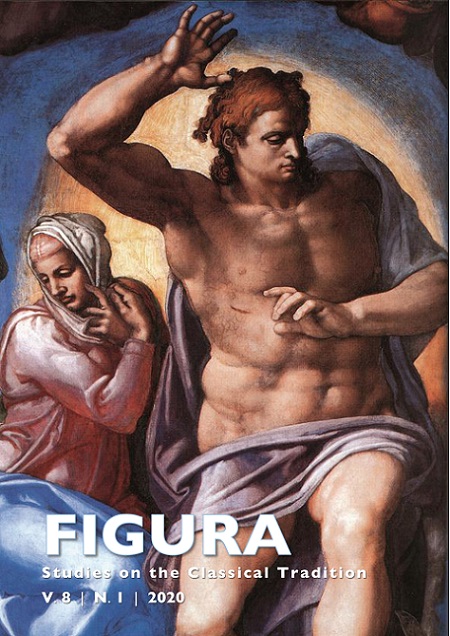Abstract
In 1469, Marsilio Ficino, founder of the Platonic Academy of Florence, wrote one of his most influential works, the famous Commentarium in Convivium Platonis, also known as De amore. The book circulated widely as a manuscript until it was printed, in 1484, with the complete translation from Greek to Latin of the whole Platonic corpus, also by Ficino. The impact of this work was extensive in Renaissance literature, art and philosophy, inspiring from Pietro Bembo and Baldassare Castiglione to Benedetto Varchi and Giordano Bruno. In visual arts, the ideas exposed in De amore inspired theoretical debates and plastic productions, having as one of its expressions the emblematic literature, especially with the publication of the Emblematum libellus by the jurist Andrea Alciato, initially published in 1531. Alciato’s work would be one of the main textual and pictorial sources consulted by European artists in the 16th century, providing them a contact with the moral, philosophical and spiritual ideas transmitted by the emblematic art. In this sense, this text aims at discussing one of the expressions of Neoplatonic philosophy in this literary and figurative language, namely, the theory of amor platonicus in a group of emblems elaborated by Andrea Alciato between 1531 and 1550, period in which the author produced the complete version of his work. An explanation of this relation can contribute to a better understanding of art, literature and the circulation of Renaissance Neoplatonism in the 16th century.

